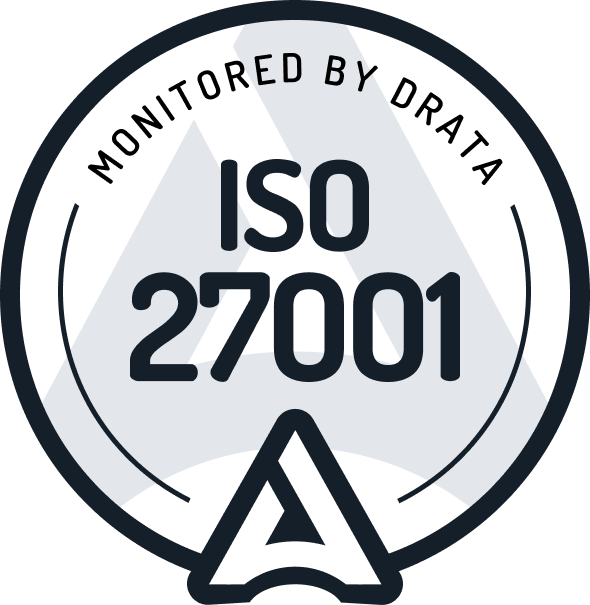Until not so long ago, the purchase of a car represented a major life milestone. Even though cars are becoming more of a commodity now, they remain big-ticket items which usually require careful consideration and are not the object of impulse buying – at least in most cases.
In an omnichannel scenario, customers have access to much more information than before. According to the Google Gearshift research, 90% of European users rely on both offline and online sources: in the upper funnel, in the product inspiration and discovery phase, online dominates with a solid 83%; for contracting, trade-ins and payments, so far it accounts for just 42%.
There is a digital solution for basically every step of the purchase journey and yet the automotive customer experience remains a hit-and-miss affair, with only 52% of customers being completely satisfied with their most recent car buying experience, as reported in a BCG research.
A few years back we conducted a DriveK study to analyse the emotions of the automotive customers, which to some extent is very much actual. Can you guess what the Inside Out characters of the automotive are?

Confusion
Confusion is the predominant feeling in the early stages of the purchase journey, when users are called to make lots of key decisions: the type of car they want (make, model, trim), its power supply, its ownership mode, the ancillary services to go with it. The complexity caused by the sum of such micro decisions plus the overall fragmentation of the purchase process call for a strong need of guidance and reassurance which dealers must meet, both offline and online.
Only 4% of automotive customers choose not to visit any dealerships at all; for the others, the average is of 2 visits and at least 1 test drive (1.5, to be exact). To attract them, dealers must build a convincing online presence, starting with a digital showroom optimised for traffic acquisition and lead generation.
The key elements to perform well at this stage are continuous A/B testing and SEO optimisation. In a not too distant future, additional personalisation will be achieved with dynamic content adjusting to the requirements of individual users.
Fear and Frustration
As users move towards the mid and lower funnel, there is a growing feeling that threatens the customer experience: fear. Fear to make the wrong decision and to commit to a purchase that we might not be able to sustain over time, which then may lead to frustration when the reality of maintenance and repair costs hits. We are well aware that a car is quite the opposite of a safe-haven asset, since its value immediately starts decreasing and the cumulative possession costs spiking up. Yet, this is a kind of purchase Europeans find it hard to let go: according to the 2023 ACEA report, in the European Union we can count 567 passenger cars per 1,000 inhabitants.
Truth is, in the last 2/3 years alternative ownership models have started to catch on: an increasing number of car buyers have opened up to the idea of used vehicles and various forms of rental have also started to become popular.
Dealers should therefore be prepared to satisfy a varying demand and provide valid solutions which instil confidence every step of the way. While technology can facilitate and enhance the relationship between dealers and customers along the entire buying journey, this specific moment is quintessentially human: it’s a matter of setting the right expectations, handling objections and providing ongoing support, with a consultative approach over a salesy one.
Customer Data Platforms (CDP) will be key to overcome such negative feelings and turn the buying process into an enjoyable, informed and hassle-free customer experience. Customer knowledge collated from all the technology adopted by a dealer will represent the evolution of a CRM approach: a never ending source of insights to be able to plan truly personalised marketing and sales actions for clients and aim towards the operational excellence of the company, to deliver more value with less effort.
Our Inside Out quintet would not be complete without two more emotions, which represent the goal for dealers to successfully engage with their customers.
Trust and Loyalty
An old marketing adagio states that it’s more cost effective to retain an existing customer than to acquire a new one and, in fact, the churn rate represents a red flag for any company in any sector. While in today’s business environment it’s easier for customers to find alternatives, switching to a different provider is also inconvenient for clients. Building trust and loyalty should therefore be an ongoing commitment and a foundational aspect of a healthy growth strategy based on a combination of both keeping existing customers happy and engaged and successfully onboarding and maintaining new ones.
Of course, this is only possible when there is a deep understanding of the clients’ needs and their pain points along their purchase journey. In other words, when the emotions of the automotive customer are acknowledged, elaborated and leveraged as an opportunity to do better.
If you are interested to know more about how MotorK can support you in achieving your goals, please get in touch with our experts to request a free demo of our solutions.







